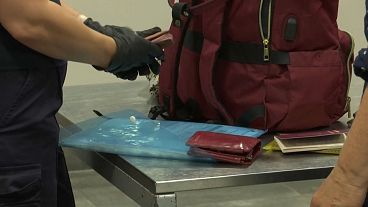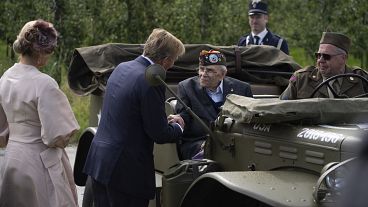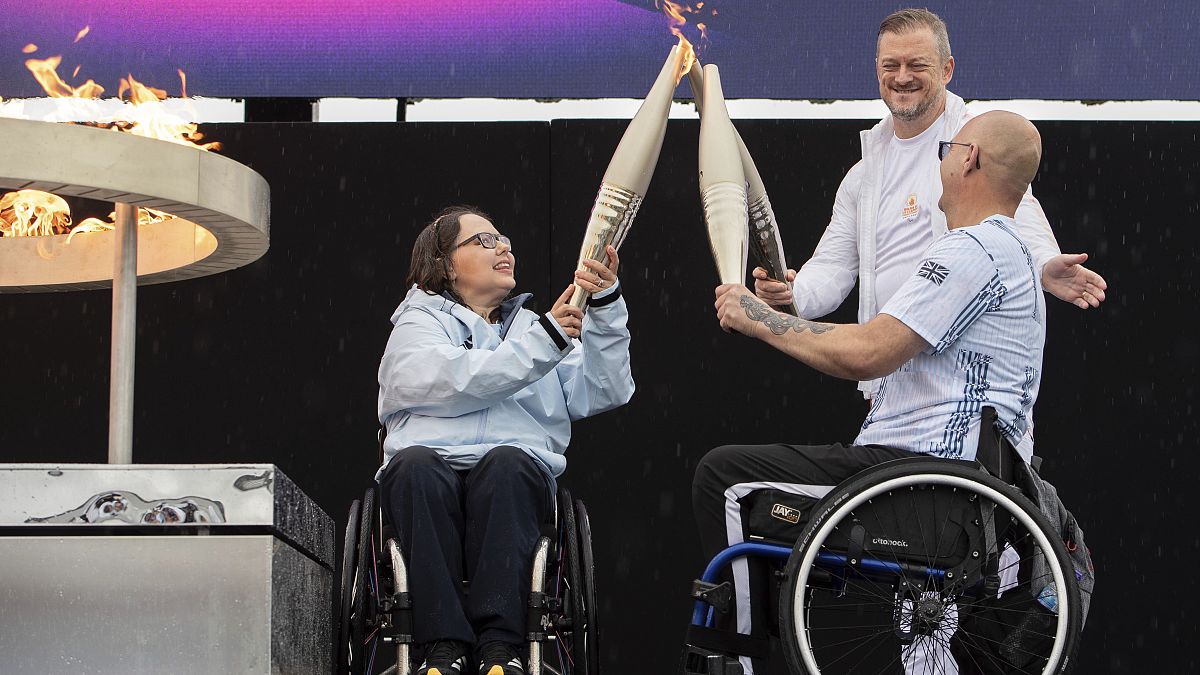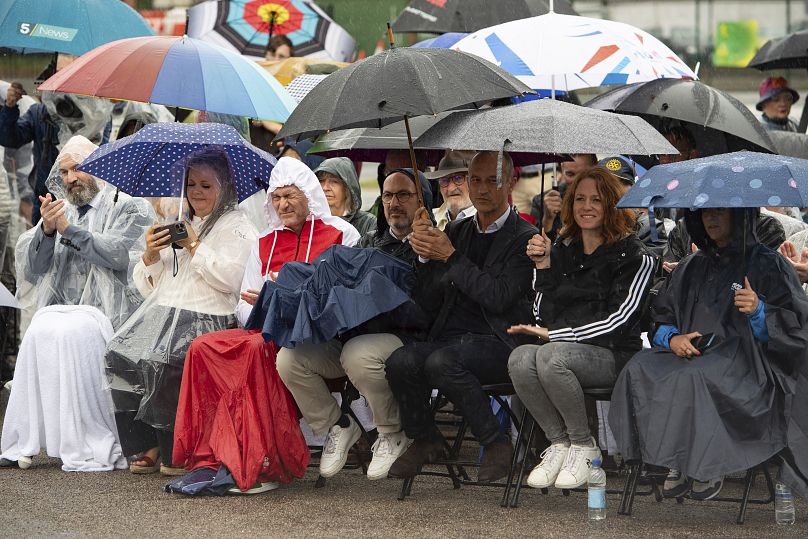Two British Paralympians lit the flame in Stoke Mandeville, a village northwest of London that's considered the birthplace of the Paralympic Games.
Two weeks after French star swimmer Léon Marchand extinguished the Olympic flame to close the Paris Olympics, the spotlight is now on its Paralympic counterpart.
British Paralympians Helene Raynsford and Gregor Ewan on Saturday lit the flame in Stoke Mandeville, a village northwest of London widely considered the birthplace of the Paralympic Games.
The flame will now travel to France under the English Channel for a four-day relay from Atlantic Ocean shores to Mediterranean beaches, from mountains in the Pyrenees to the Alps.
Its journey will end in Paris on Wednesday during the Paralympics opening ceremony — with the lighting of a unique Olympic cauldron attached to a hot-air balloon that will fly over the French capital every evening during the 11 days of competition.
The lighting ceremony of the Paralympic Heritage Flame was held in Buckinghamshire, where the Stoke Mandeville Games were first held in 1948 for a small group of wheelchair athletes who had sustained spinal injuries during World War II.
The man behind the idea was Ludwig Guttmann, a Jewish neurosurgeon who fled Nazi Germany and worked at Britain’s Stoke Mandeville hospital. At the time, suffering a spinal injury was considered a death sentence, and patients were discouraged from moving. Guttmann made the patients sit up and work muscles, and hit upon competition as way to keep them motivated.
“I don’t know about you guys, but I can feel his presence here today, no doubt about it,” said Andrew Parsons, the president of the International Paralympic Committee at Saturday's lighting ceremony, referring to Guttmann.
The President of the Paris 2024 organising committee Tony Estanguet said that two weeks after closing the Olympics, the French capital was “proud and excited” to host the 17th edition - the first ever for France.
We are "ready to make it unique and memorable for France and the whole world,” Estanguet said.
The flame will cross the sea on Sunday like its Olympic twin did when it arrived in France from Greece in May — but this time via the Channel Tunnel to mark the start of the Paralympic relay.
A group of 24 British athletes will embark on the underwater journey through the 50-kilometre long tunnel. Midway through, they will hand over the flame to 24 French athletes who will bring it ashore in Calais. It will be used to light 12 torches, symbolising 11 days of competition and the opening ceremony.
Once on French soil, the flame’s 12 offshoots will head in different directions to kick off the Paris Olympics’ encore and aim to rekindle enthusiasm for the Games.
They will take the flame to 50 cities across the country to highlight communities that are committed to promoting inclusion in sport and building awareness of living with disabilities.
An exceptional flame will be lit in Paris on Sunday to commemorate the 80th anniversary of the liberation of the French capital from Nazi Germany occupation during World War II.
The cauldron is the first in Olympic history to light up without the use of fossil fuels. It uses water and electric light and is attached to a balloon. It made a stunning first flight at the Olympics.
Each day of the Paralympics, the cauldron will fly more than 60 metres above the Tuileries gardens from sunset until 2 a.m.













